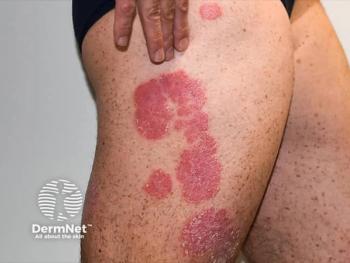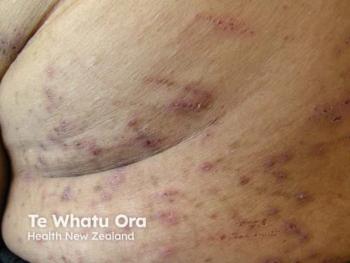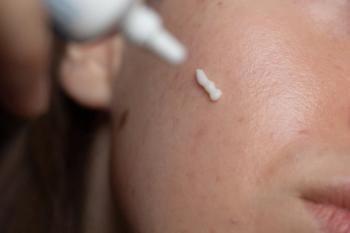
Expanding Topical Non-Steroidal Options in Atopic Dermatitis to Reduce Chronic Steroid Use
Raj Chovatiya, MD, PhD, MSCI, reviews the limitations of chronic steroid use and highlights available topicals, including ruxolitinib, roflumilast, and tapinarof.
“I introduce the idea of topical non-steroidals very early. I think that when you really try to emphasize the fact that topical steroids were made for certain things and not made for others, it makes that discussion a little easier when you try to introduce some of our newer options,” said Raj Chovatiya, MD, PhD, MSCI, in an interview with Dermatology Times.
Chovatiya, a board-certified dermatologist and clinical associate professor at the Rosalind Franklin University Chicago Medical School, founder and director of the Center for Medical Dermatology and Immunology Research in Chicago, and a Dermatology Times Editorial Advisory Board member, reviewed the evolving role of non-steroidal topical treatments in the management of atopic dermatitis (AD), particularly as alternatives to chronic topical corticosteroid use.
In his discussion, Chovatiya reviewed the limitations of topical steroids, explaining that while they are effective for short-term or acute flares, they are not ideal for continuous, long-term disease control. Chovatiya noted that patients often over-rely on topical steroids, and it's crucial to guide patients early toward non-steroidal options designed for sustained use.
Chovatiya described a strategic clinical approach that involves introducing non-steroidal therapies upfront, by setting appropriate expectations around the role of steroids. This allows for a smoother transition when discussing newer treatments. He highlighted 3 FDA-approved non-steroidal agents, each with unique mechanisms and clinical advantages.
Ruxolitinib cream, a topical JAK inhibitor, was highlighted for its rapid onset of action and efficacy in both itch relief and lesion clearance. According to Chovatiya, its twice-daily regimen and dual approval for acute and chronic intermittent use make it a versatile option for a broad range of patients.
Roflumilast cream, a topical PDE4 inhibitor, offers high tolerability and a cosmetically elegant vehicle. Chovatiya mentioned its utility not just in AD, but also in cases with overlapping psoriasiform or seborrheic dermatitis, thanks to its approval in other dermatologic conditions.
Tapinarof, an aryl hydrocarbon receptor modulator, presents compelling data suggesting extended periods of disease control even after treatment cessation. Chovatiya described this as a meaningful consideration for patients seeking long treatment-free intervals.
He concluded his discussion by calling the current AD landscape an “embarrassment of riches” for clinicians and patients seeking effective non-steroidal therapies. Each agent provides a distinct profile, allowing clinicians to better tailor treatment plans based on patient needs and long-term management goals.
To hear more about non-steroidal topical options from Chovatiya,
Newsletter
Like what you’re reading? Subscribe to Dermatology Times for weekly updates on therapies, innovations, and real-world practice tips.


















